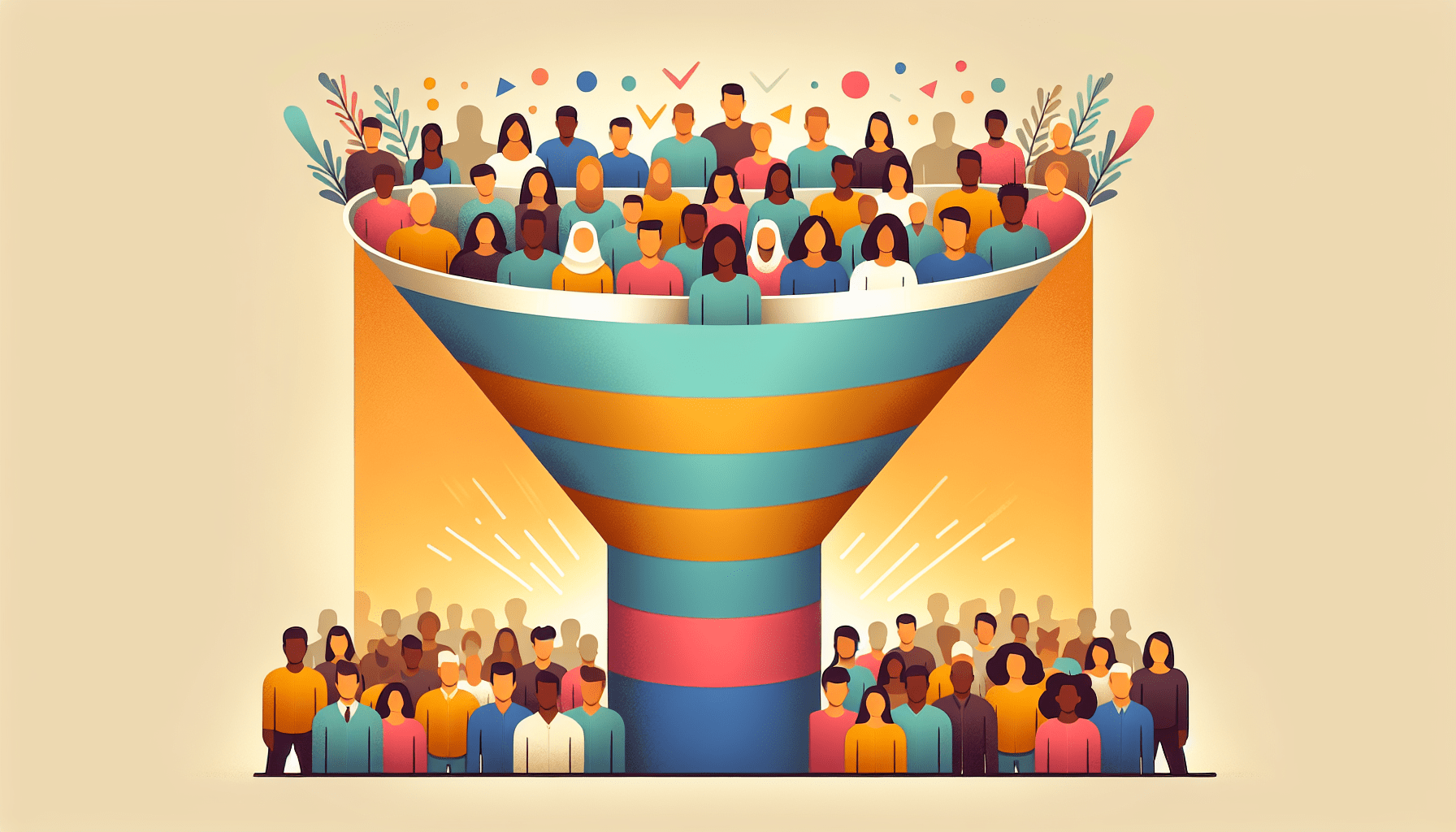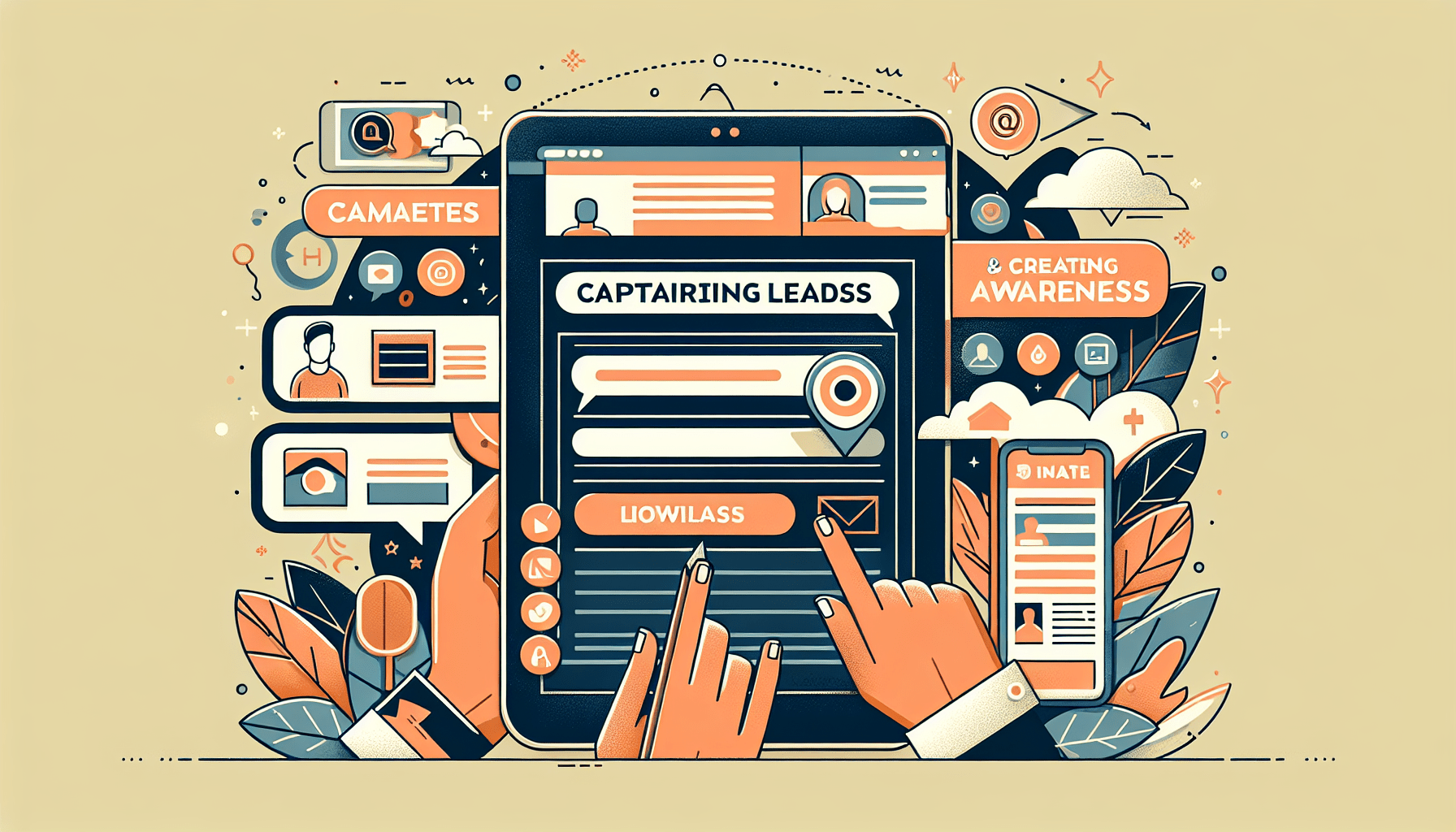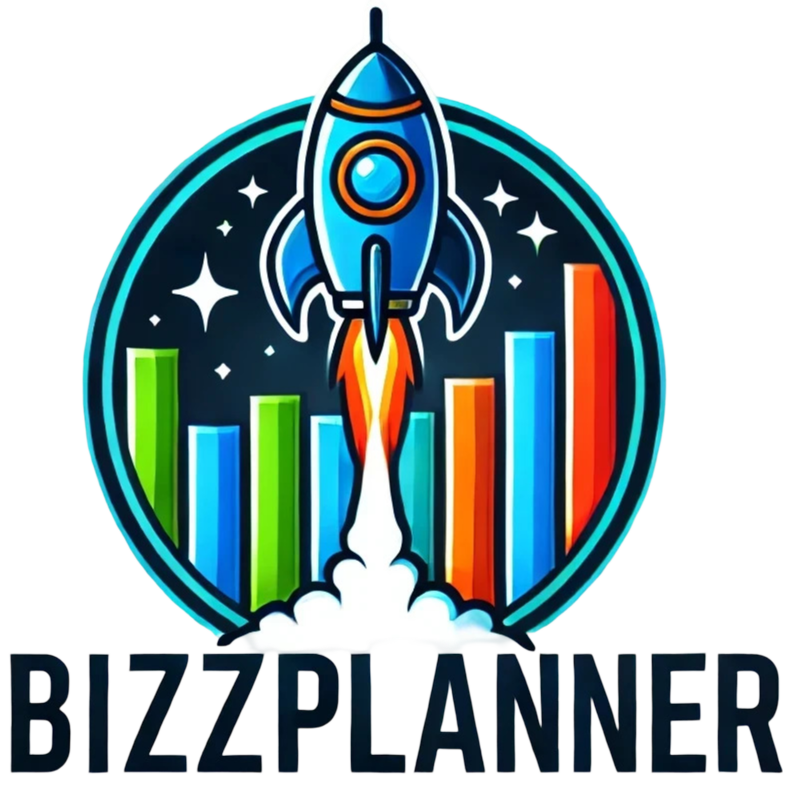Building a sales funnel can feel overwhelming, right? With so many steps and strategies, it’s easy to get lost in the details. You might be wondering where to start or how to keep your audience engaged throughout the process. You’re not alone!
But don’t worry! If you stick around, you’ll discover some straightforward steps to craft a sales funnel that actually works. Whether you’re a newbie or just looking for ways to improve your existing funnel, there’s something here for everyone.
We’ll explore everything from understanding your target audience to optimizing for customer retention. By the end, you’ll be well-equipped to create a funnel that attracts and converts leads like a pro!
Key Takeaways
Stefan’s Audio Takeaway
- Map out your sales funnel stages: awareness, consideration, and decision.
- Create detailed buyer personas to understand your target audience.
- Capture leads using engaging content, social media, and lead magnets.
- Design effective landing pages with clear headlines and strong calls-to-action.
- Regularly track and analyze lead behavior to optimize your funnel.
- Set milestones to measure lead progress through the funnel.
- Nurture leads with personalized follow-ups and valuable content.
- Continuously optimize your funnel based on performance data.
- Focus on customer retention to boost long-term sales and referrals.

Step 1: Build a Sales Funnel That Works
Creating a sales funnel is crucial because it’s all about guiding your potential customers through the buying process.
Start by mapping out the key stages: awareness, consideration, and decision.
Each stage should have specific goals and actions that lead your prospects closer to making a purchase.
For example, use social media and content marketing to generate awareness, while targeted emails can move them into consideration.
Don’t forget to use analytics tools to track how well your funnel is performing and where leads are dropping off.
Step 2: Know Your Target Audience
Understanding your target audience is like knowing the ingredients for a perfect recipe — it makes all the difference.
Start by creating buyer personas which are fictional representations of your ideal customers, based on real data and educated guesses.
Look into demographics, behaviors, and preferences to paint a clear picture of who you are marketing to.
For instance, if you’re targeting busy professionals, focus on quick solutions that can save them time.
Engage directly with your audience through surveys or social media to gain insights and refine your personas.
Step 3: Define the Sales Funnel Stages
Outlining your sales funnel stages is essential for clarity and measuring effectiveness.
The typical stages include awareness, interest, decision, and action, but you can modify them to suit your business needs.
For example, in the awareness stage, potential customers discover your brand through ads or blog posts.
As they move to interest, they begin considering your products and engaging with your content.
Make sure each stage has tailored messages or offers that resonate with what your prospects are thinking and feeling.

Step 4: Capture Leads and Create Awareness
Capturing leads is about getting people to notice you and say, “Hey, I want to know more!”
Use social media ads, blog posts, and webinars to spark interest and attract potential customers.
Implement lead magnets, like free eBooks or discount codes, to encourage sign-ups.
Make it really easy for visitors to provide their contact information by avoiding lengthy forms.
Remember, the goal here is to create a first impression that sticks.
Step 5: Create Valuable Content for Each Stage
Valuable content is the glue that keeps your sales funnel together.
Start by aligning content with the specific needs of your audience at each stage.
In the awareness stage, use blogs and videos that educate or entertain.
During consideration, webinars and case studies can help address specific pain points.
At the decision stage, throw in testimonials and detailed product descriptions to seal the deal.
Step 6: Design Effective Landing Pages
Your landing page is like a storefront; it needs to grab attention and convert visitors.
Ensure your landing page has a clear, compelling headline that states the benefits.
Use bullet points to highlight what visitors will gain — quick and easy to digest.
Include a strong call-to-action that tells them exactly what to do next.
Finally, make sure your landing page is mobile-friendly because many visitors will come from their phones.
Step 7: Track and Analyze Lead Behavior
To improve your funnel, you need to know what your leads are doing.
Use tools like Google Analytics to monitor user behavior on your website.
Track metrics like page views, time on site, and bounce rates to understand lead preferences.
This data helps identify bottlenecks, so you can optimize your funnel accordingly.
Don’t hesitate to adjust your strategies based on real-time feedback.
Step 8: Establish Milestone Events and Criteria
Milestones help you know when leads are moving through your funnel.
Set specific criteria for moving leads from one stage to another, like engagement levels or clicks on key pages.
This helps streamline follow-ups and keeps nurturing efforts focused.
Regularly review these milestones to ensure they still align with your business goals.
This way, you won’t miss out on potential conversions.
Step 9: Nurture Leads and Encourage Conversions
Nurturing leads is all about maintaining that connection until they’re ready to buy.
This means sending personalized follow-ups, useful content, and exclusive offers.
Utilize email marketing for tailored messages that resonate with their specific needs.
Remember, 79% of marketing leads never convert due to lack of nurturing, so stay in touch!
Also, consider using automation tools to streamline this process without losing the personal touch.
Step 10: Optimize Your Sales Funnel Regularly
Optimization is a never-ending process, and your sales funnel is no exception.
Regularly analyze your performance metrics to spot areas for improvement.
Test different landing pages, email subject lines, and content formats to see what works best.
Utilizing real-time data can help refine your strategies and enhance conversion rates.
Adapting your funnel ensures it remains effective in a constantly changing market.
Step 11: Focus on Customer Retention
Once you’ve made a sale, the journey doesn’t end there. In fact, it’s just begun!
Customer retention is crucial; it costs less to keep current customers than to acquire new ones.
Consider implementing loyalty programs or regular check-ins to stay top of mind.
Cultivating long-term relationships can lead to upsells and referrals.
Remember, a happy customer is your best marketing tool!
FAQs
A sales funnel is a step-by-step process guiding potential customers from awareness to purchase. It is crucial for developing effective marketing strategies, understanding customer behaviors, and optimizing conversions for better sales performance.
Identify your target audience by researching demographics, interests, and pain points. Use surveys, social media insights, or customer data to gauge who your ideal customers are and tailor your messaging accordingly.
Create awareness content like blog posts or videos for the top stage, educational resources for the consideration stage, and detailed case studies or product demos for the bottom stage to assist leads through the funnel.
Regularly analyze metrics such as conversion rates, bounce rates, and customer feedback. A/B test different approaches and continuously refine your strategies based on data to improve the overall effectiveness of your sales funnel.
